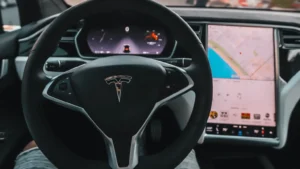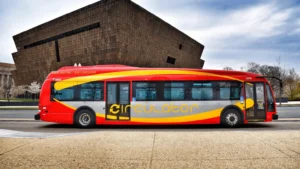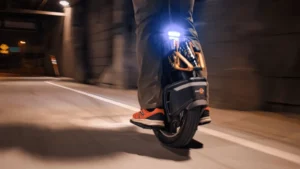The global One Wheel Electric Scooter Market is anticipated to surpass USD 256.12 million by 2032. The rising variation in consumer attitudes toward leisure and recreational activities, coupled with increasing disposable incomes across developing economies, is expected to strongly drive the One Wheel Electric Scooter Market growth. North America has emerged as a significant hub of opportunity, largely fueled by young consumers’ inclination toward hoverboards, which continue to dominate micro-mobility trends. According to market insights, micro-mobility investors foresee that more than 1.4 trillion miles of annual passenger travel in the U.S. and over 4 trillion miles globally could shift to micro-mobility modes, presenting an addressable market worth hundreds of billions of dollars.
Another key growth driver for the One Wheel Electric Scooter Market is rapid urbanization. With more than half of the global population already residing in urban areas—a figure projected to rise to nearly two-thirds by 2050—the need for sustainable and efficient transportation infrastructure is intensifying. Passenger miles across all transport modes could potentially double between 2015 and 2050, offering immense opportunities for micro-mobility providers. One-wheel electric scooters are emerging as a solution to urban challenges such as traffic congestion, air pollution, accessibility issues, and carbon emissions. Additionally, the steady decline in lithium-ion battery prices has enabled manufacturers to introduce models with faster speeds and extended ranges. Reports suggest lithium-ion batteries accounted for over 90% of BEV battery capacity worldwide in 2020.
Global lithium-ion battery production capacity for electric vehicles surged from 98 GWh in 2017 to 516 GWh in 2020. Bloomberg reports highlight that the price of lithium-ion batteries dropped drastically from $1,100/kWh in 2010 to $137/kWh in 2020, marking an 89% reduction, and in current terms, prices are as low as $100/kWh. This significant drop is attributed to advancements in battery technology, cost-effective material sourcing, economies of scale, and enhanced manufacturing efficiency—all factors directly contributing to the growth potential of the One Wheel Electric Scooter Market.
Companies within the One Wheel Electric Scooter Market are expanding their global footprint through partnerships, mergers, acquisitions, and long-term collaborations. For instance, in August 2022, Huse Mobility partnered with Segway Ninebot to strengthen sales and support operations in India. This collaboration allows Huse to distribute Segway’s patented gyro-technology-driven micro-mobility solutions across the Indian market. The portfolio includes electric scooters, e-bikes, Gokarts, and hoverboards, available through HUSE’s website and online platforms such as Amazon and Flipkart. The partnership also emphasizes localization, with Huse Mobility working toward introducing region-specific products under its brand.
However, the One Wheel Electric Scooter Market faces certain challenges, particularly safety concerns. Reports of accidents have been linked to one-wheel scooters, such as Future Motion’s Onewheel, where sudden malfunctions caused loss of balance. Between 2019 and 2021, at least four fatalities and numerous serious injuries—including traumatic brain injuries, paralysis, concussions, and fractures—were reported, posing a barrier to widespread adoption.
The One Wheel Electric Scooter Market is assessed across North America, Europe, Asia-Pacific, Latin America, and the Middle East & Africa. Among these, North America is projected to dominate due to quick adoption of new mobility solutions, higher disposable incomes, and the strong presence of leading industry players. Major companies shaping the One Wheel Electric Scooter Market include Airwheel Holding Limited, CHANGZHOU SMILO MOTORS CO., LTD, Dongguan Begode Intelligent Technology Co., Ltd., FUTURE MOTION INC., IPS Electric Unicycle, King Song Intell Co., LTD, Ninebot Asia Pte Ltd., Onewheel, Segway Inc., and SuperRide.
Click here to read complete article








